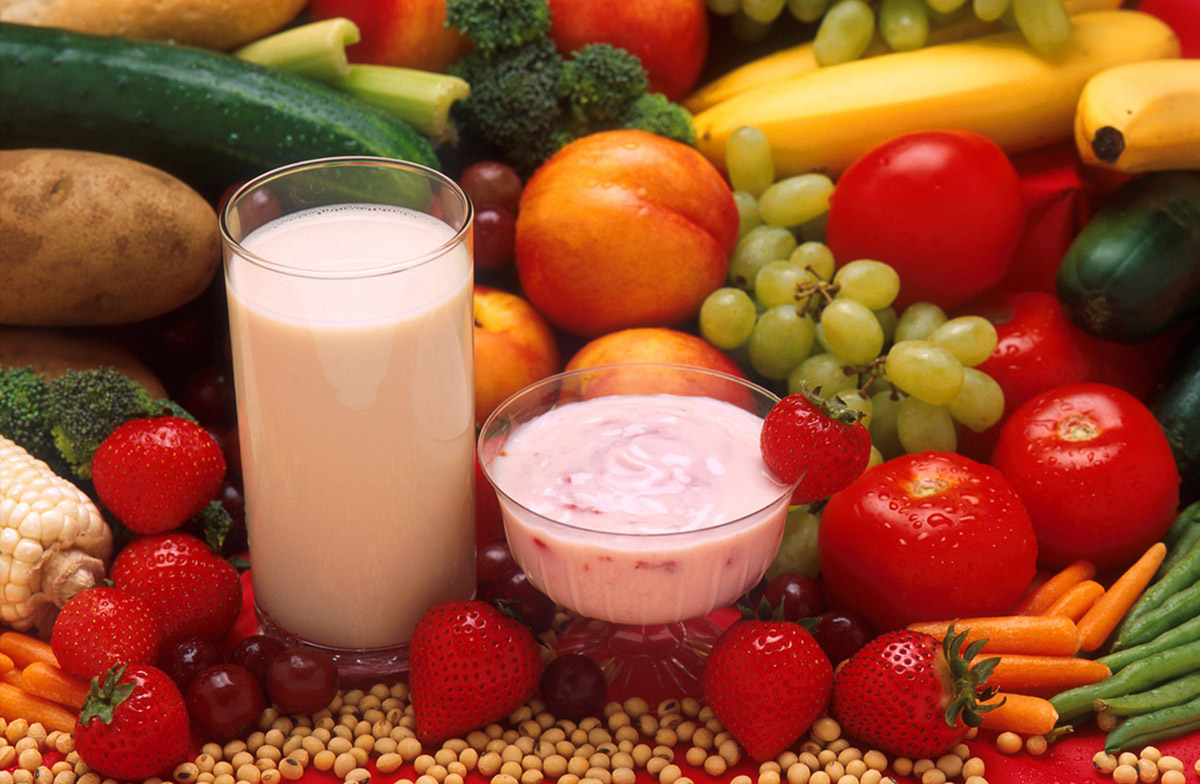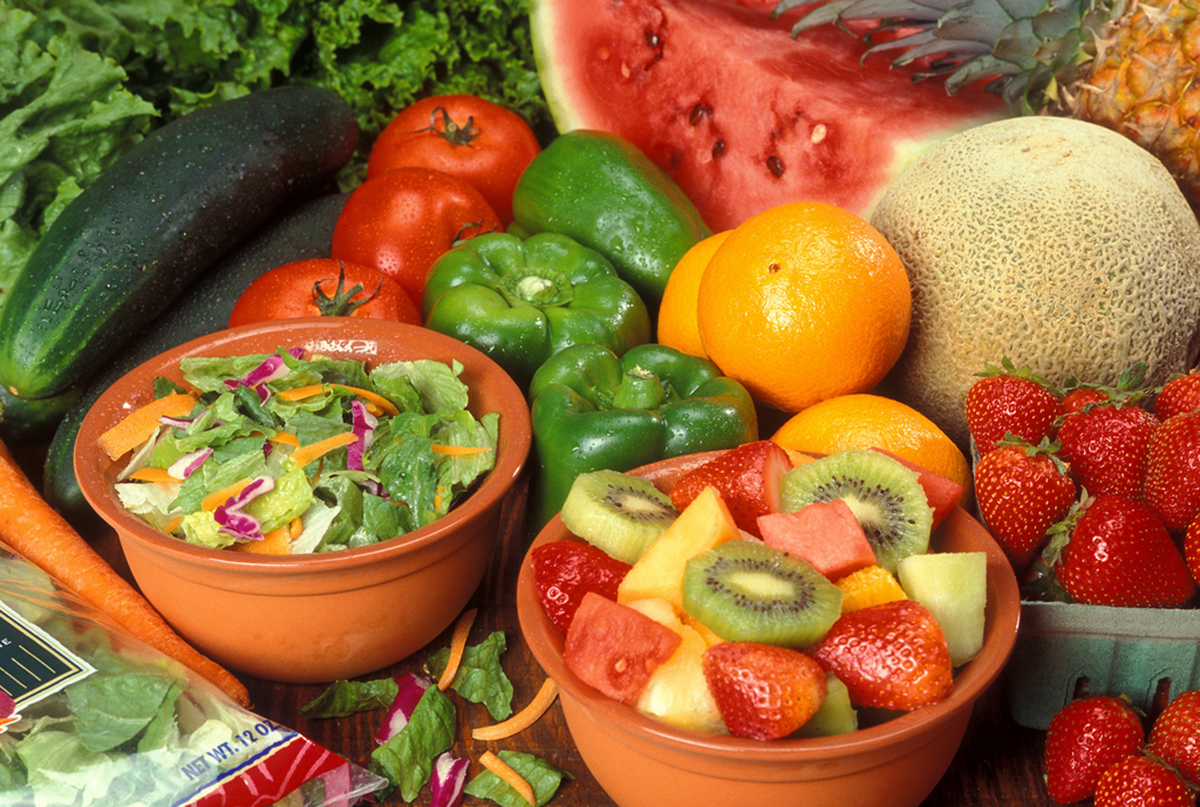Robert Young, who sometimes identifies himself in social media as Young Robert, is a man with a mission. The author of best-selling books such as The pH Miracle and The pH Miracle for Diabetes, Dr. Young isn't afraid to tell the world that acid in the human body is deadly.

When the bloodstream becomes acidic, Dr. Young asserts, infectious microorganisms appear. In fact, Young says, these microbes are human cells transformed into pathogens through the action of acidity, or low pH.
The way to correct low pH is with colloidal, alkalizing minerals that reach directly to the cell, and restore it to normal function, he says. People who want to overcome any illness need only to restore the alkalinity of the human body and to eat a healthy diet of healing plant foods.
The surprising fact is, an astonishing number of people have been able to reverse diabetes on Dr. Young's diet and diets like it. So several years ago, I asked Dr. Young if he wouldn't mind sharing photos of those human cells as they were being transformed into bacteria. I never heard back from him about my request.
And when I noted that his diabetes diet actually works, and I had known other doctors who used a similar program, Dr. Young angrily replied that no other doctor I could have known could emulate his program,and anyone who dared to disagree with him on any point was utterly wrong. However, just because a program doesn't have a scientific basis, doesn't mean it won't work.
What's pH?
Before explaining why alkalizing diet sometimes is the right diet for the wrong reasons, it may be helpful to review the basic idea of pH.
Chemists measure concentrations of hydrogen ions, the ions that make acids acidic, with pH. The pH scale runs from 0 to 14, from very acidic to very alkaline, with 7, or neutral, in the middle. Each increment in the scale corresponds to a power of 10.
A solution with a pH of 5 is 10 times as acidic as a solution with a pH of 6, and a solution with a pH of 4 is 10 times as acidic as a solution with a pH of 5. Going the other direction, above 7, alkaline, or basic, solutions contain hydroxide (OH-) ions. A solution with a pH of 9 is 10 times as alkaline as a solution with a pH of 8, and so on. In the middle, solutions contain HOH, or H2O, water, but neither hydrogen nor hydroxide ions.
The Body Regulates pH Very Tightly
Chemical reactions can't occur at just any pH. Bioelectrical reactions, like those that occur in every cell in the body countless times per second, also require the right pH. Usually, for any body process, there is a very narrow range of pH values at which a chemical transformation can occur.
Different parts of the body operate at different pH. Stomach acid might have a pH of 1.5 to 3.5. The bloodstream, which is slightly alkaline, usually has a pH of 7.35 to 7.45. Because pH determines the strength of electrical charges, which are important for nerve transmissions and muscle contractions and relaxation, the bloodstream pH is tightly controlled by the kidneys. If bloodstream pH goes to low, acidosis can occur, too many electrical charges can flow into nerves and muscles, and death may follow. If bloodstream pH goes to high, alkalosis can occur, carbon dioxide can build up in the bloodstream, and death may follow.
Read More: Alkaline Foods and Cancer
Lower pH isn't always good. Higher pH isn't always bad. And in either case, the kidneys keep bloodstream within a very narrow range by excreting calcium and the amino acid glutamine. An "acidic" diet does not make the bloodstream acidic. It forces the kidneys to excrete calcium and glutamine. A number of things have to go wrong, and they very seldom do, for bloodstream pH to vary outside the range of 7.35 to 7.45.
Alkalizing Is Important, But Not For The Reasons The Diet Gurus Usually Tell Us
There is no need to raise the pH of the bloodstream, because, except in certain extreme conditions, the pH of the bloodstream never goes down. The nutritional cost of maintaining steady pH, however, can be very high.

What Makes the Kidneys Work Overtime to Maintain Healthy pH
What the advocates of alkaline diets have right is that consuming too much protein stresses the kidneys. That's because protein in our food does not always become protein in our bodies. Some protein becomes amino acids that the body does not need, and those amino acids are converted into sugar (glucose) and urea.
Urea is acidic, so the kidneys will make sure that the bloodstream does not become acidic by pulling calcium from bone and glutamine from proteins all over the body. It's only when we eat too much protein that this process can become a problem--and usually glutamine is available, and only rarely are their shortages of calcium.
How Much Protein Is Too Much?
Some of the advocates of alkaline diets advise that it's important never to eat any meat at all. They might even say that it is important not to eat certain vegetables, or to eat only raw foods.
There actually are limits to how protein it is safe to eat, but vegan diets are not essential to health. (There other reasons one might choose to go vegan, but blood pH is not one of them.) The right amount of protein is:
- Enough that the body has all the amino acids it needs to make its own proteins, but
- Not so much that the body has extra amino acids that it has to transform into urea, which it has to neutralize with calcium or glutamine.
For most adults, the right amount of protein is about 0.8 grams of protein for every kilogram of body weight per day. If you weigh 70 kilos (154 pounds), then you need 56 grams (2 ounce) of protein every 24 hours. If you weigh more, you need proportionally more protein, and if you weigh less, you need less protein. Children and teenagers typically need a little more protein than adults, but because they weigh less, they can get by with eating less.
The maximum amount of protein an adult can process without having to detoxify the urea is about 150 grams (600 calories) per day. When most adults eat more than 230 grams (920 calories) of protein a day, the detoxifying process is overloaded, and toxic byproducts build up in the bloodstream--although pH does not necessarily go down.
Read More: Are You Getting Enough Protein?
Sufficient Protein, Acceptable Protein, Excessive Protein
This means that an adult who eats about 3 to 5 ounces (85 to 140 grams) of meat or cheese a day gets enough protein. One serving of protein food a day can be enough. An adult who eats 9 to 15 ounces (255 to 420 grams) of high-protein food a day is beginning to experience higher blood sugar levels because of protein consumption (whether or not sugar and high-carb food diets are in the diet) but won't have a problem detoxifying. An adult who eats about 12 to 20 ounces (336 to 560 grams) of protein food a day causes the build up of toxic urea in the bloodstream.
Many people eat too much protein. It's preferable to eat just one serving of protein day, and if you are used to eating more, to choose more vegetables and fruit in its place. But it's never necessary to take an expensive, alkalizing formula to help the kidneys do their work. Eat right, and healthy kidneys can take care of pH on their own.
- Krupp D, Shi L, Remer T. Longitudinal relationships between diet-dependent renal acid load and blood pressure development in healthy children. Kidney Int. 2013 Sep 11. doi: 10.1038/ki.2013.331.
- Pereira PC, Miranda DM, Oliveira EA, Silva AC. Molecular pathophysiology of renal tubular acidosis. Curr Genomics. Mar 2009.10(1):51-9.
- Photo courtesy of U.S. Department of Agriculture by Flickr : www.flickr.com/photos/usdagov/8453554475/
- Photo courtesy of U.S. Department of Agriculture by Flickr : www.flickr.com/photos/usdagov/8453555721


Your thoughts on this